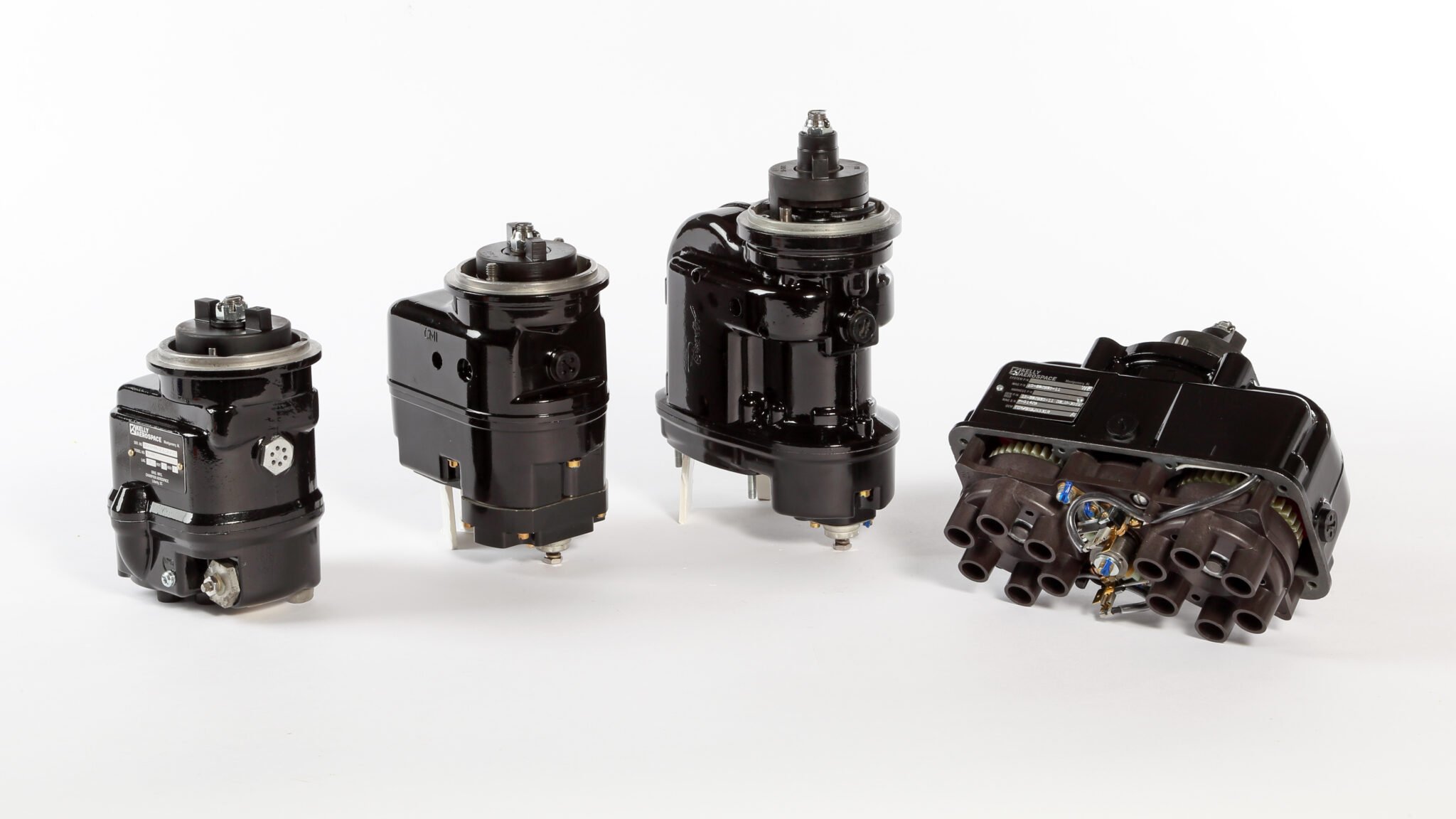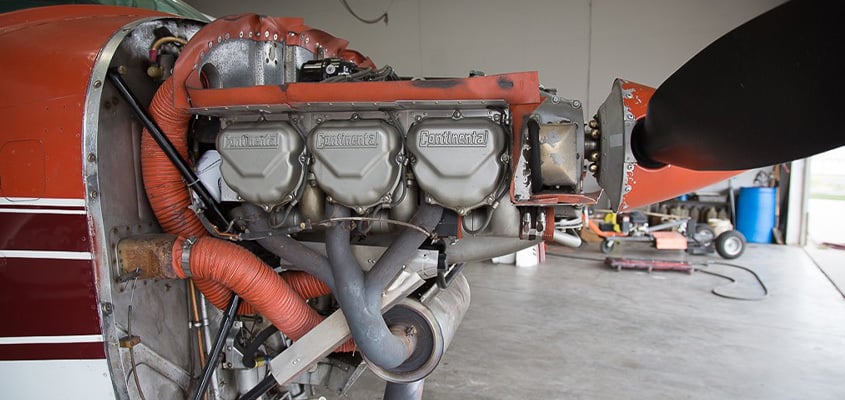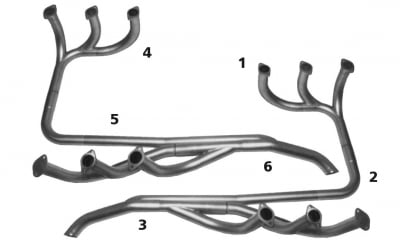Magneto Timing Terminology
“Timing” is equally a simple and extremely complicated term relative to the installation and operation of magnetos. However, the word “timing” as applied to magnetos are a set of terms that means one thing, and many things, depending upon the context of the terms: Internal Timing, External Timing, and Advance Timing are all examples of individual timing terms. The sum total of all of these terms becomes what is broadly referred to as Magneto Timing.
These terms are basic knowledge to aircraft technicians and educated owners. However, Powerup Product Support sometimes finds that not all Powerup customers completely understand the specific terms or the interaction of these terms with one another. A basic understanding of the basics is critical to the maintenance and ongoing safe operation of the aircraft ignition system. So, let’s review!
TIME TRAVEL BASICS OF THE PISTON
Magneto timing to the engine is directly based on the “time” of when and where the piston is located during its travel within the cylinder relative to the combustion chamber. Piston travel is accomplished via crankshaft rotation of all of the connected engine parts to push the piston.
While seemingly an instant explosion, the combustion occurs over a period of time relative to the travel of the piston within the cylinder. The combustion process begins before the piston is at the point of maximum travel within the cylinder and continues to burn until the piston reaches its peak point of travel. At the peak point of piston travel, the fuel is completely burned up, and thermal energy is released resulting in high combustion pressures in the cylinder. These combustion pressures push against the piston to drive the crankshaft in a forward direction to turn the propeller.
For the combustion process to begin the magneto must produce a high energy spark at the exact right moment of time relative to piston travel. To do this, the “Internal” and “External” timing of the magneto must be exactly correct. The magneto must be “timed” to deliver a spark so that the process of combustion, which occurs over “time”, can occur as the piston travels within the cylinder.
MAGNETO INTERNAL TIMING
Internal timing is the alignment of the various moving internal components of the magneto to ensure that the spark generated by the magneto is of the maximum intensity and discharged at the correct magneto to engine timing position to ignite the fuel mixture in the combustion chamber.

MAGNETO TO ENGINE EXTERNAL TIMING
When installed on an engine, the magneto is physically connected, or “timed” to the rotation of the engine crankshaft. The magneto alignment to the engine synchronizes the spark generated by the magneto to be delivered to the combustion chamber at the correct moment of the combustion cycle of a particular cylinder.

BTDC – BEFORE TOP DEAD CENTER
The ignition of engine combustion occurs in a crankshaft and piston position before TDC at a position called Before Top Dead Center, or BTDC. BTDC is a bit of a tongue twister, so it is most commonly referred to as the “Advance” timing position. Advance is always referred to in degrees and is not always the same from engine to engine.

ATDC – AFTER TOP DEAD CENTER
After Top Dead Center, ATDC, is a timing point after TDC, and is considered to be a delayed timing position. In technical terms, this timing position is referred to as a “Retarded” timing point. While an odd term is simply a technical description that the spark is delayed beyond TDC relative to crankshaft rotation.
BDC – BOTTOM DEAD CENTER
BDC has no useful purpose for ignition timing. All magneto-based ignitions used on any for or six-cylinder aircraft engine will never need to be timed at BDC. If a magneto is timed to fire at BDC, then this is an immediate concern and the timing of the magneto to the engine must be corrected.

LAG ANGLE
Magneto timing is set to deliver a spark at the Advanced BTDC timing piston so that the engine can make maximum horsepower at full throttle. This advanced timing position is an extreme negative to start the engine, however. At low RPM, during start, the piston is advanced to crankshaft rotation. Any spark or combustion that occurs at this point will tend to force the piston and crankshaft backward in rotation. The end result is hard starting, and, most likely, damage to the starter.
If the spark is delayed, or retarded, to occur near the TDC position of the piston, the combustion will drive the piston and crankshaft in a forward direction. The magneto or magnetos used to start the engine must be fitted with special parts that are used only during the engine starting mode. The two options are a mechanical device called an impulse coupling, or the second set of contact points that are connected to a relay that electrically boosts the magneto during engine start.
In either configuration, these devices delay or retard the timing of the spark to initiate combustion. The degrees of delay between the Advance and Start position is termed “Lag Angle”.

BOOKMARK THESE TERMS FOR….NEXT TIME!
Over the course of upcoming Powerup tech talks, the terms discussed today will be applied to all of the parts that make a magneto work. Keep watching for the new discussions!
Do you have any blog suggestions or want to know about powerup products? Send us a note and we will answer your question: https://powerupignition.aero/contact/


